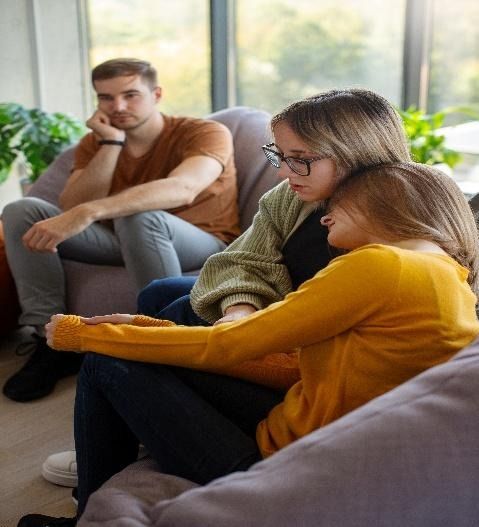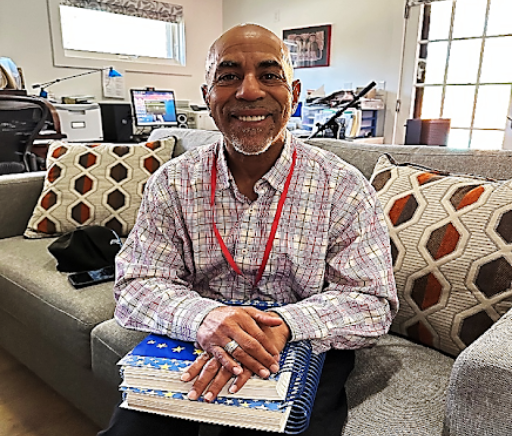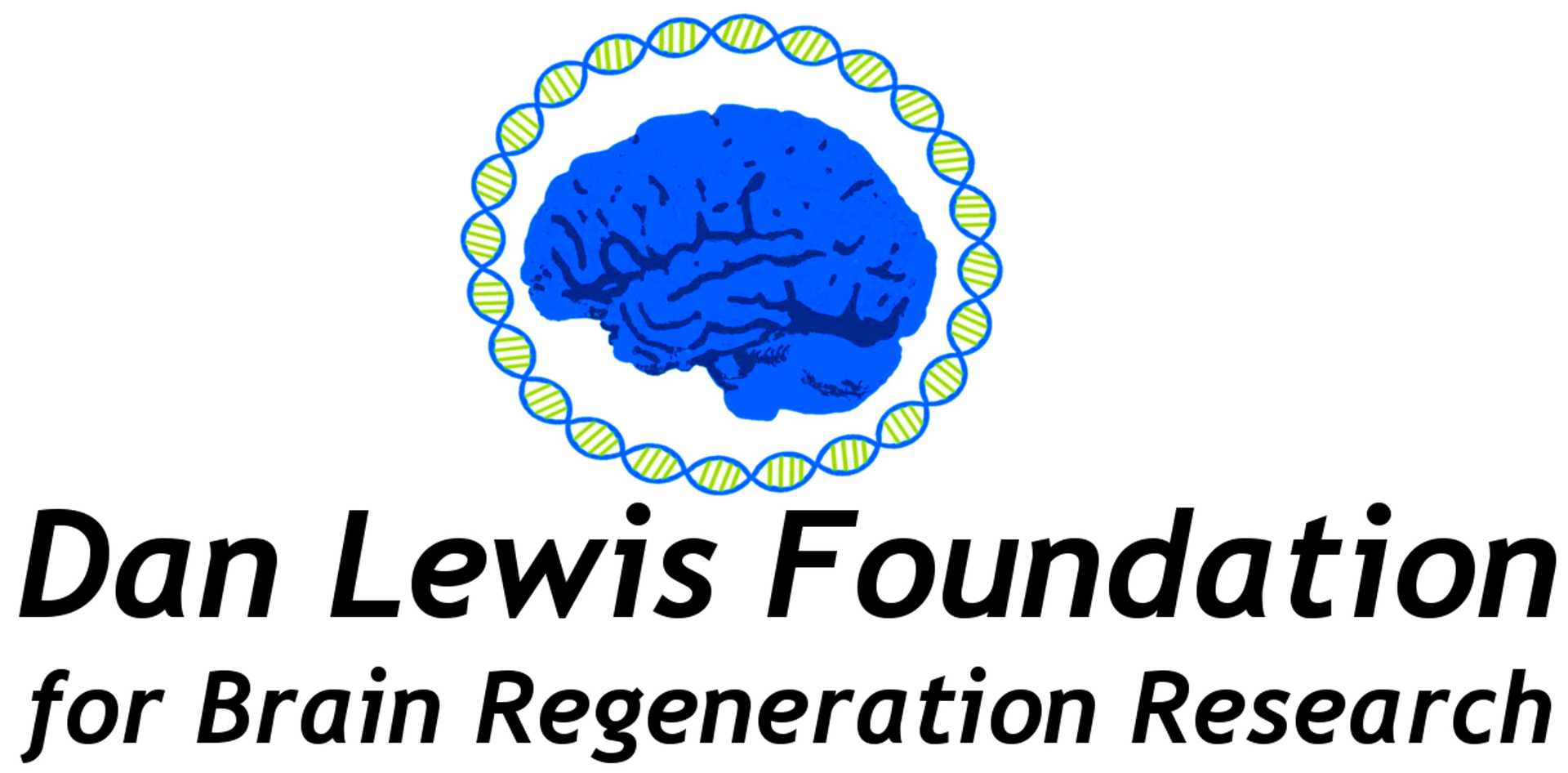11:00-1:30 EST
Present: David Margulies (Moderator), Hal Lewis, David Meaney, Mark Bear, Sudhir Agrawal, Stephen Strittmatter, Alan Kopin, Graham Dempsey, Kevin Eggan, Michael Crair
--David Margulies opened the meeting with orienting remarks that provided a framework for the purpose and process of the meeting
--Several participants commented on the process of developing a foundation (for instance, FRAXA). There was discussion of how
successful foundations identify a niche and promote growth/momentum in various ways—fund postdocs to inject energy into an evolving research field, fund specifically targeted research, do advocacy work, link with other organizations/associations/foundations/government agencies. Some participants offered the view that a hybrid model for growth of the Dan Lewis Foundation might be optimal.
--There was discussion about how best to categorize brain injury for purposes of intervention/outcome research. Acute vs. Chronic phase? Severity of injury? Pathophysiology of the injury? Targeted functions? Targeted neurological/neuropsychological deficits?
--There was general consensus that there is an abundance of research regarding medical approaches to limiting damage and preserving as much CNS integrity as possible during the acute phase following TBI. Conversely, there is a relative lack of research into medical approaches to regenerate CNS or to promote recovery of functioning during the chronic phase, especially in adults. Stephen Strittmatter noted that adults in the chronic phase of TBI recovery tend to have rather stable functional profiles while making slow, small functional gains. This may be seen as an advantage for doing small N outcome studies with chronic TBI subjects because even small accelerations in recovery of skills may be quite notable and significant. Hal Lewis agreed with this perspective based on observations of Dan’s consistent but painstakingly slow recovery.
--There was discussion of government agencies to which funding applications might be submitted. In particular, the general view was that both NIH and DOD have not recently prioritized medical approaches to brain regeneration in adults in chronic phase of TBI. The group generally felt that this can be viewed as encouraging rather than discouraging as opportunities are present.
--There was discussion about whether there are any pharmaceutical companies that are investing in TBI products. Stephen Strittmatter said that pharma has generally been disappointed by attempts to research/manufacture meds for post-stroke patients which may have led to reluctance to pursue drugs for TBI. Participants were not aware of any pharm companies that are invested in TBI.
--Sudhir Agrawal brought up the need for a better understanding of the natural history/course of moderate/severe brain injury. He and others spoke of the potential value of a repository of the biomarkers of TBI over time.
--There was extensive discussion of cortical blindness (or what might better be called “cerebral visual impairment) as a possible starting target for the Foundation. Positives factors for choosing this target include: existing animal research, pharmacological intervention studies with animals have been done in regards to amblyopia and cortical blindness, outcome studies could likely be fairly easy to design, positive results (if obtained) could likely provide a template that could be transferred to other CNS circuits/functions. There was a consensus forming that this could be a good area to get started.
--There is some existing evidence that down regulation of Lynx1 gene can lead to modulation of inhibition of plasticity in the visual cortex thus leading to improvement in cerebral visual impairment.
--Michael Crair took a few minutes to introduce himself as he is new to Scientific Advisory Board.
--Hal Lewis announced that the Board of Directors, which has not yet met formally, will be meeting in 6-8 weeks with following topics for discussion:
1) Presentation of the Foundation’s proposed by-laws followed by discussion and vote on ratification of by-laws
2) Ways of funding the foundation’s research agenda
3) Connecting with other foundations, advocacy organizations
4) Ensuring good communication between the Board of Directors and the Scientific Advisory Board
--David Margulies took a few minutes to summarize today’s discussion, to initiate discussion of next steps, and to propose that he will distill today’s discussion into a document that provides greater specificity to the Foundation’s initial research agenda. This document will be distributed to the Scientific Advisory Board in draft form around the beginning of September and comments, edits, suggested inclusions/exclusions will be solicited. Hopefully, when the plan is consolidated it will, via the Foundation website and also a PowerPoint presentation, provide a platform for various types of fund raising. David also encouraged all participants to forward questions/comments/suggestions etc. at any time, including before the draft research agenda is distributed.


